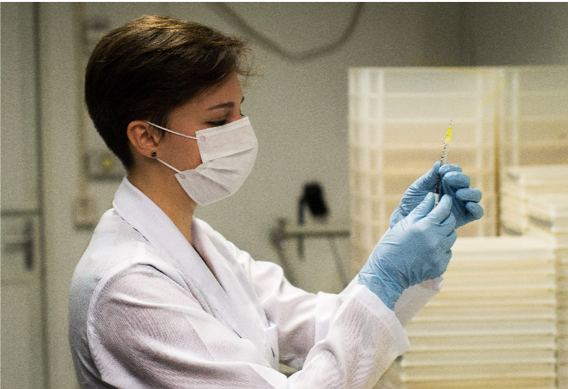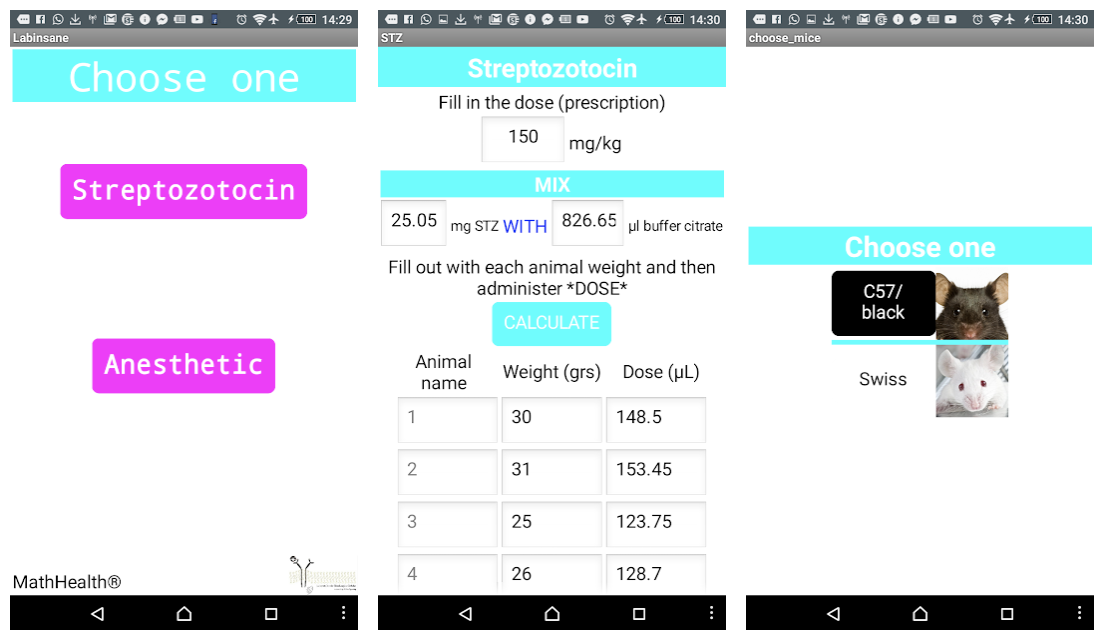Labinsane App Optimizes Experimental Animal Care
Dec 3, 2019 karen's Blog
 This is a guest blog by Carlos Poblete of Brazil.
This is a guest blog by Carlos Poblete of Brazil.
Currently, experimental animals are widely used in biological and medical research. However, the scientific community has raised a number of bioethical concerns ranging from the number of animals required in order to achieve reproducible and statistically relevant results to aspects related to pain, discomfort and unwanted animal loss during procedures. A project conducted by graduate student Carlos Poblete at the Obesity and Comorbidities Research Center in Brazil led to the development of the Labinsane app that optimizes anesthesia and analgesia during experimental animal interventions. The Labinsane app implements three different protocols using MIT App Inventor as the platform. The protocols are focused on the optimization of anesthetics dosage, reduction of pain, and induction of diabetes. Researchers have at hand an easy and practical way of calculating individual doses for a large number of animals; therefore, allowing optimal determination of drug dosage required for anesthesia, analgesia and induction of diabetes. Labinsane was validated comparing the individual dose determined by MIT App inventor versus a spreadsheet (Excel) formula, which resulted in a 100% match in more than 400 procedures. Since its implementation in 2017, Labinsane app has helped reducing animal loss from 20 to 1.5%.

The Principles of Humane Experimental Technique published in 1959 by Russell and Burch proposed that all efforts should be made in order to minimize the use and suffering of experimental animals in biological and health research. Today, after 60 years, we are still struggling to achieve the high standards idealized by Russell and Burch. Gratefully, using MIT App inventor we are every day closer.







